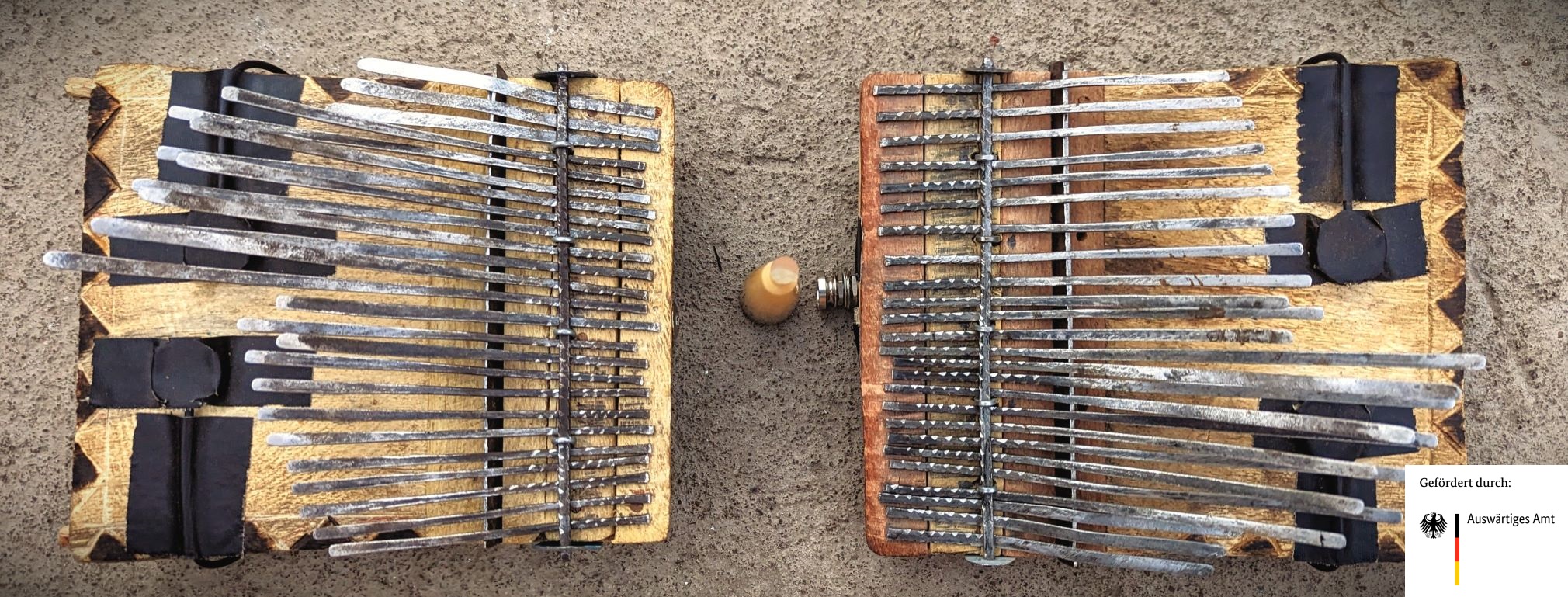
Preserving Matepe music
in the 21st century
This site hosts
- a comprehensive masterclass in playing matepe, with mbira maestro Chaka Chawasarira teaching his entire repertoire in 120+ video tutorials
- a 35-hour documentation of the process of building a matepe, starting from a block of wood and a pile of scrap metal
- a blog of our activities in the project and beyond
Sign up to access all materials for free.
How to obtain the videos offline in Zimbabwe »
News
-
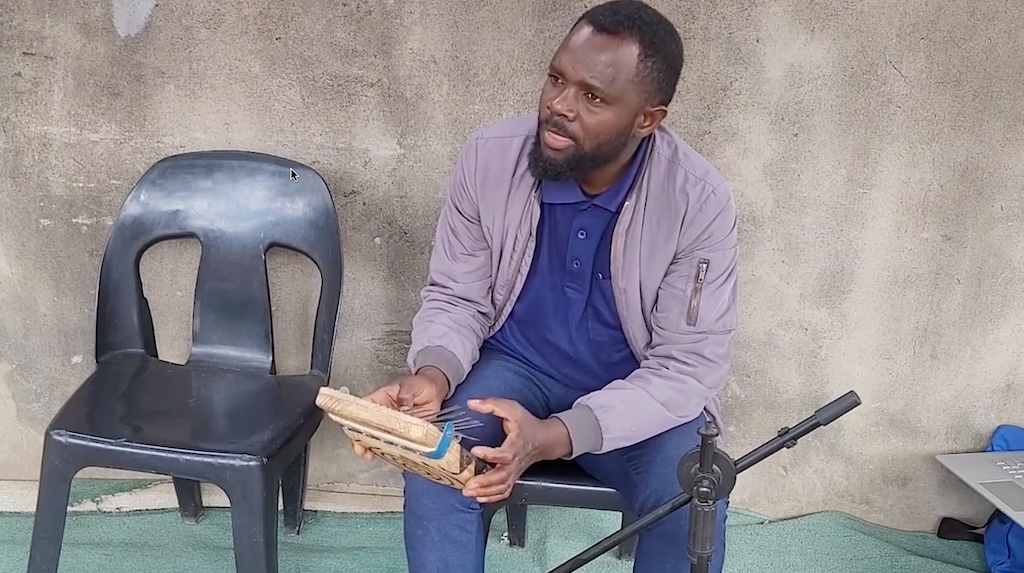
Matepe student product testing
—
by
Testing is done on every step of Matepe making but the sound is never true until the instrument is complete and taken through a series of vigorous playing and tuning. Kuda goes through a testing after finishing his Matepe.
-
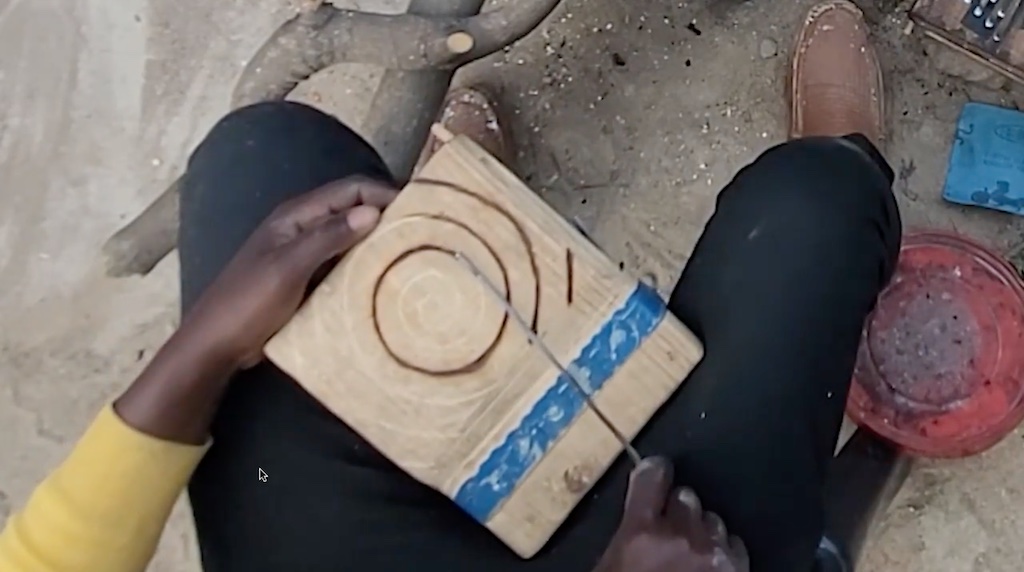
Using fire to decorate Matepe
—
by
So exited with the progress and the way this Matepe is looking, I couldn´t wait to get to the stage of derocating it. It is a cold, windy day and having not so dry wood, bringing the fire to life has become a challenge. I copy Sekuru´s chevron design using a flattened hot iron rod…
-
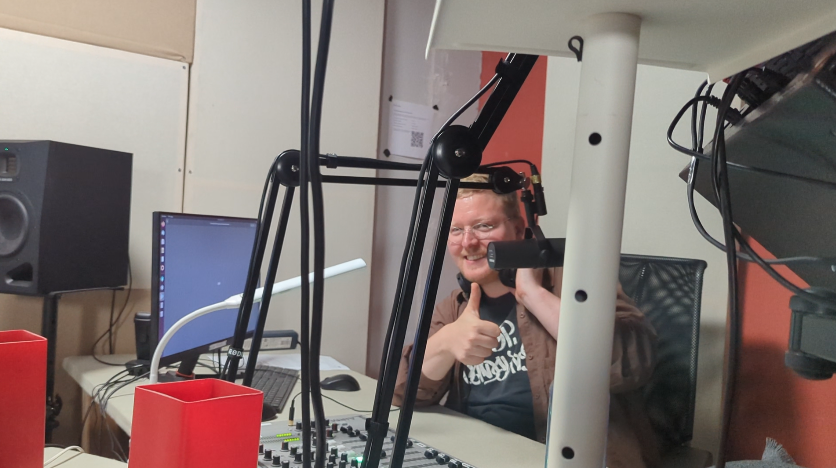
On Air in Germany
—
by
Joseph Weinberg is a South African mbira player and performing musician based in Berlin. He leads a group of Nyunga Nyunga students with his Zimbabwean friend Lineker Empunzi. Joe told me about an hour-long slot on a non-commercial radio show (Radio Kiosk, FM 88.4) where his group had been invited to play and talk about…
-
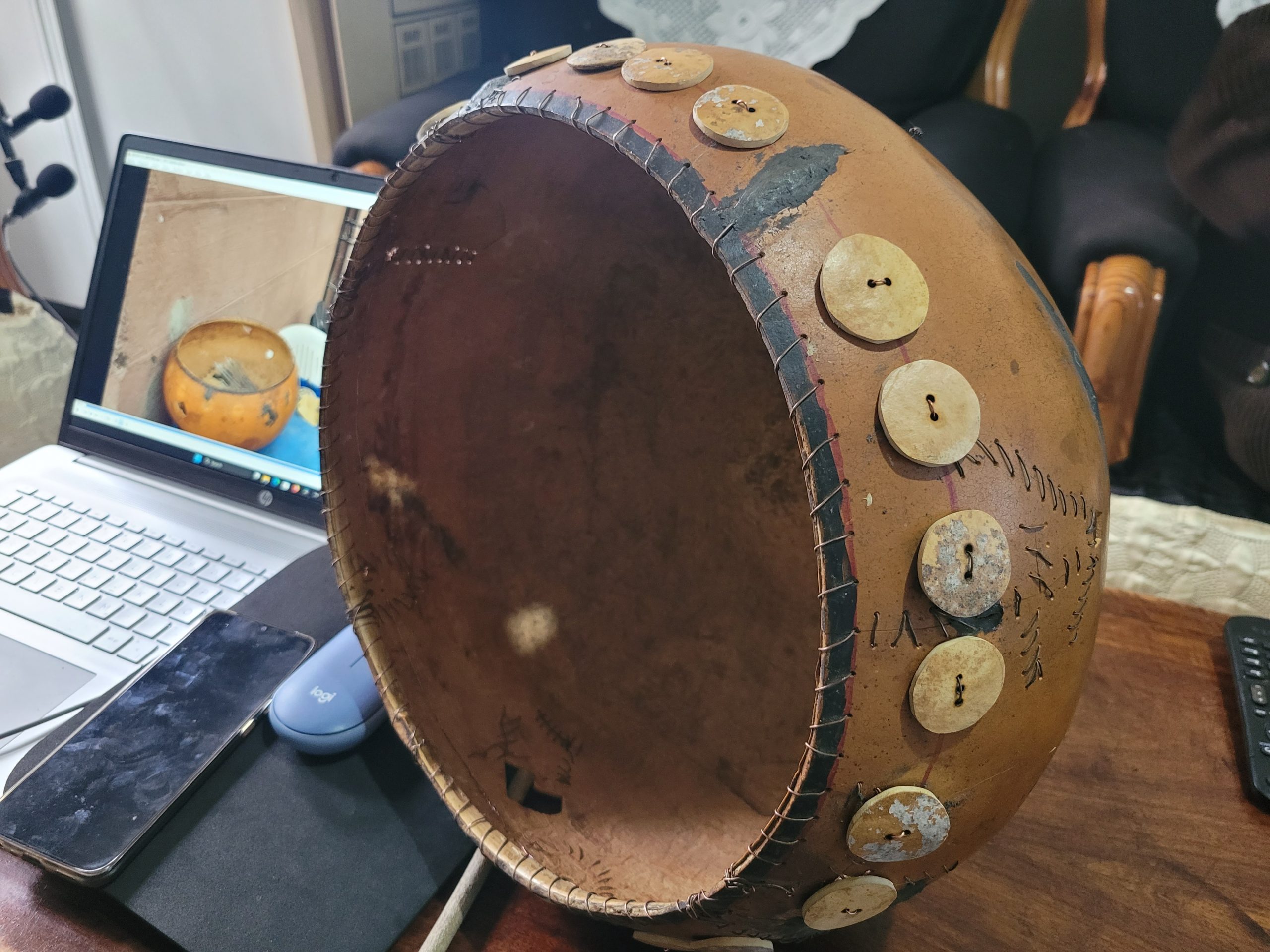
Bringing soft buzzing to Sekuru´s Deze
—
by
Recording live matepe music has always been a challenge. Capturing its sound outside a Deze comes out so clean but makes it sound so “mechanical”. Though recording it in a Deze could be the best, it comes with challenges. The buzzing from the bottle tops around the Deze always dominate swallowing the sound of the…
-
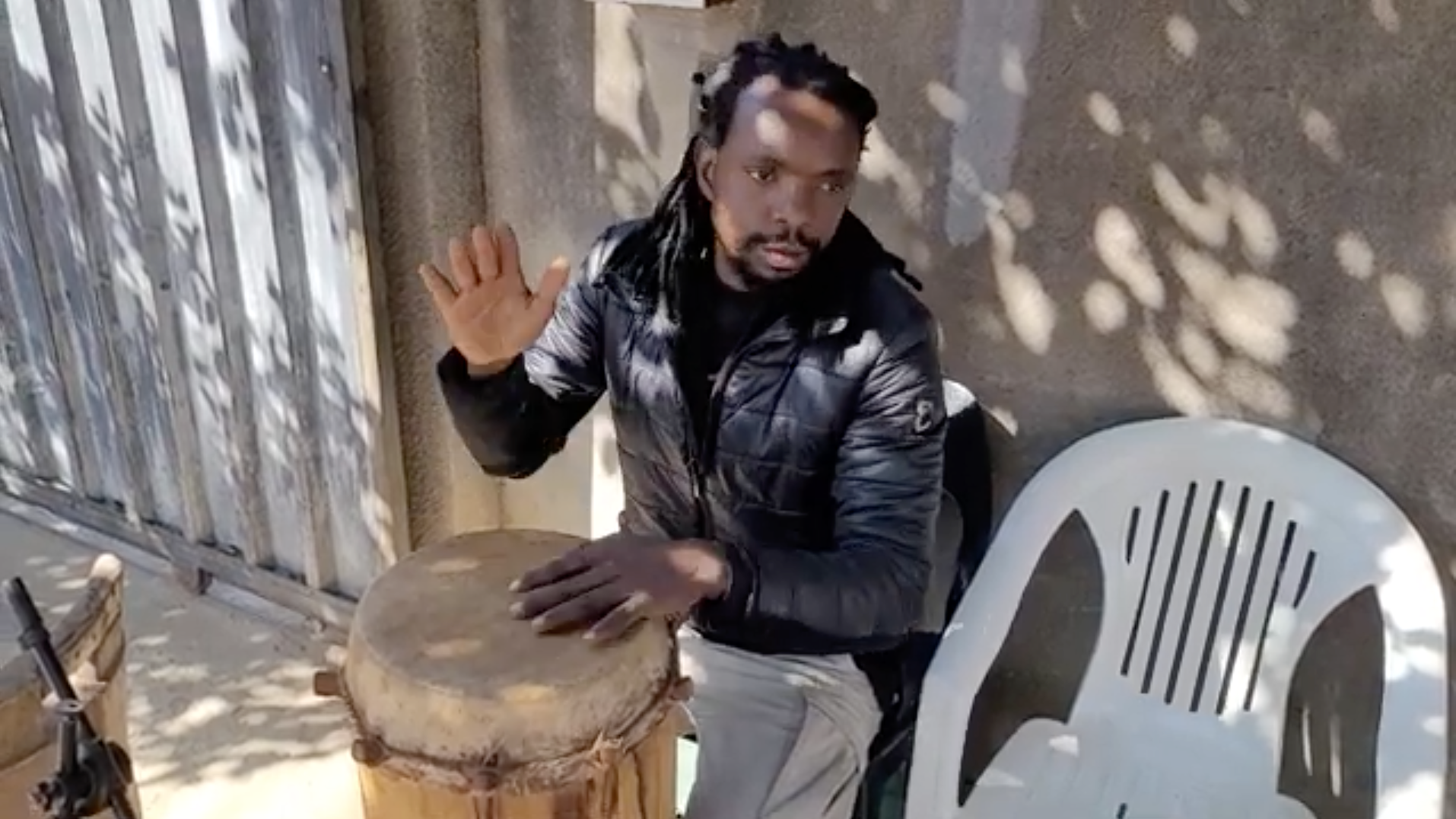
The drummer and the drum
—
by
Othnell Mangoma Moyo Chiwayawaya drumming on Sekuru Chawasarira´s drum. This is the first time Mangoma plays this drum so loud. The comparison is between a Djembe and a Shona drum.
-
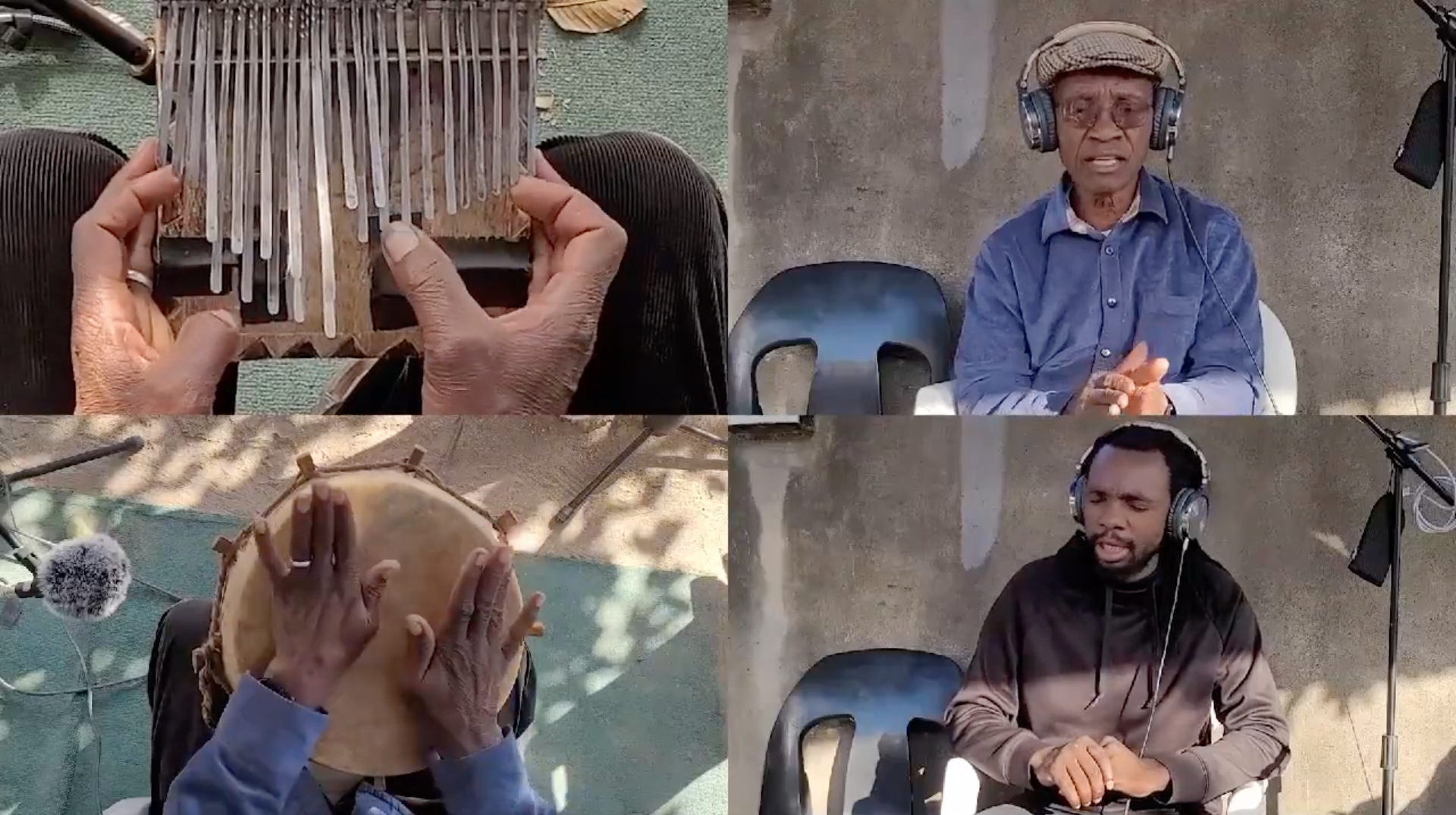
The Overdubbing Experience
—
by
After playing Mudzimu woye, a sekuru Chawasarira´s own Nhare inspired song, he goes on to demonstrate how to drum and sing to this song. The drumming is different from Matepe drumming, it is more inclined to Nhare styles.
-

Learning from the master
—
by
Every time the team gets a break from recording, they cease the opportunity to put to practice some of the lessons Sekuru Chawasarira would have delivered in previous recordings.
-
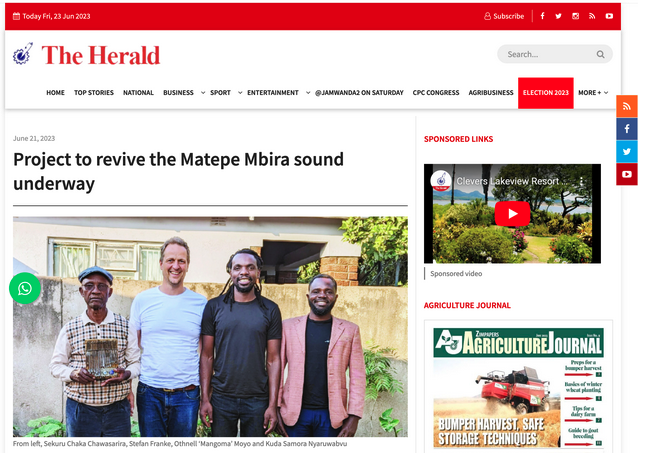
Article in The Herald
—
by
Last week we had the pleasure of welcoming journalist Peter Tanyanyiwa from Harare’s newspaper The Herald for an interview at Sekuru Chawasarira’s place. Read his article online here. In case there are difficulties, I’ve inserted a snapshot below. Some of our statements apparently got mixed up a bit during editing, nevertheless we’re happy about the…
-
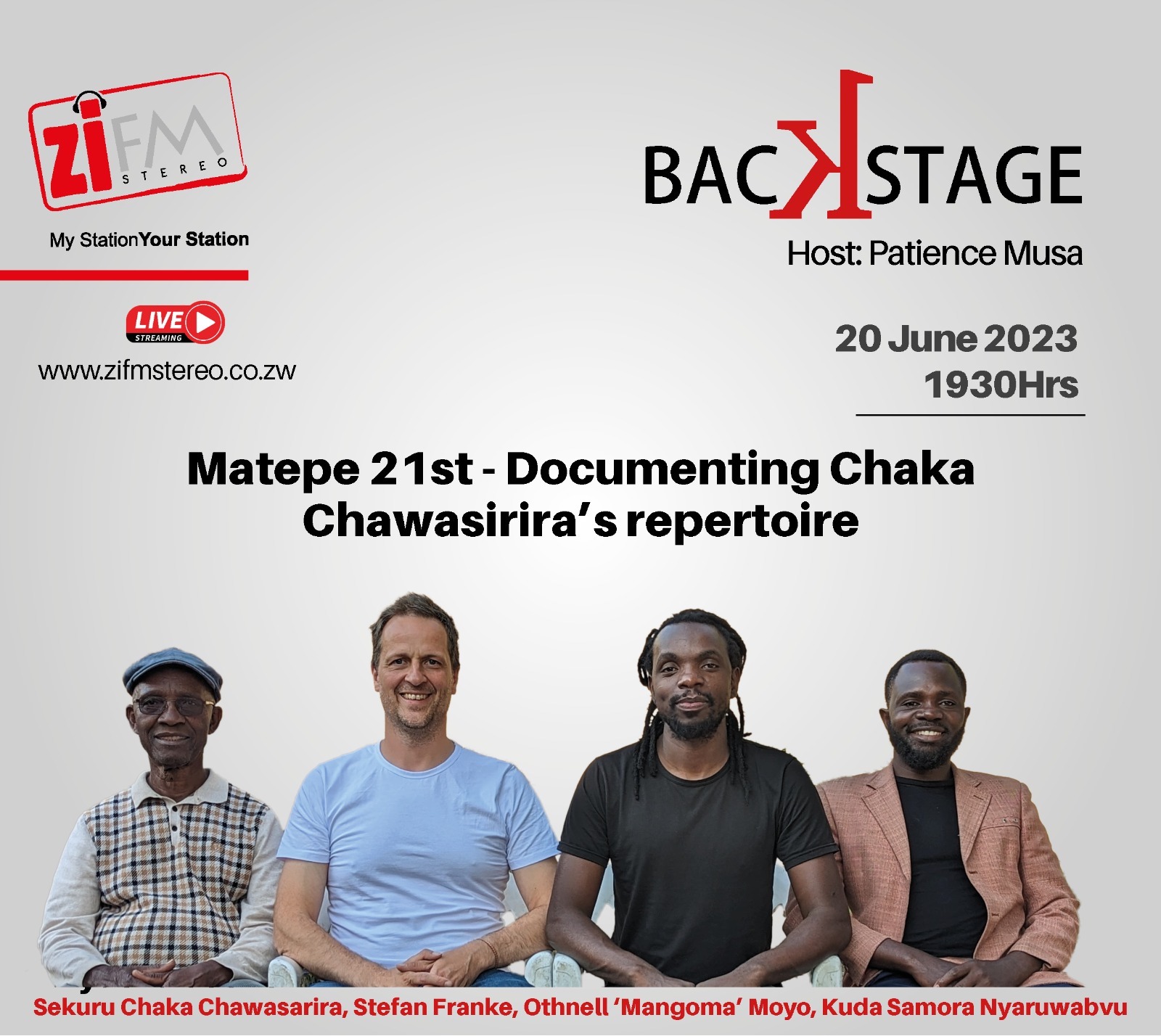
Matepe 21st goes on air
—
by
Matepe 21st team Sekuru Chaka Chawasarira, Othnell Mangoma Moyo and Kuda Samora Nyaruwabvu at ZiFM studios in an interview with Patience Musa on Matepe documentation project. Stefan Franke joined the interview from Germany.
-
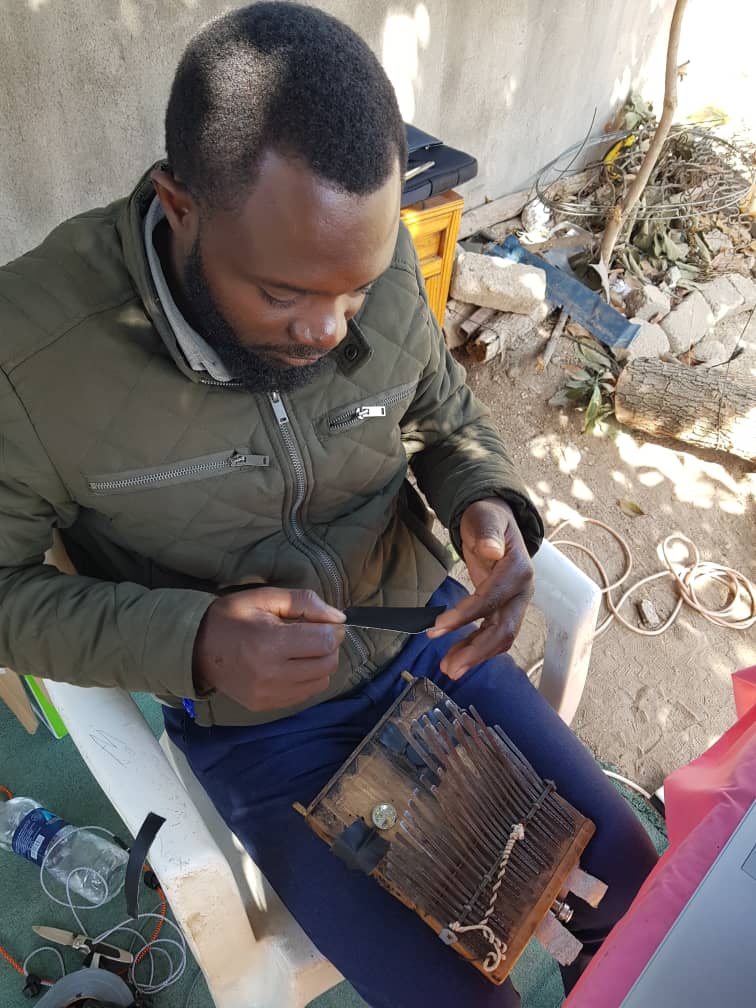
Installing piezo pickups on Sekuru´s second Matepe
—
by
After recording Mauya Mauya overdub, sekuru decided to use another Matepe to enrich the rhythm. Samora installs piezos on the Matepe sekuru goes on to use on the overdubs.
-
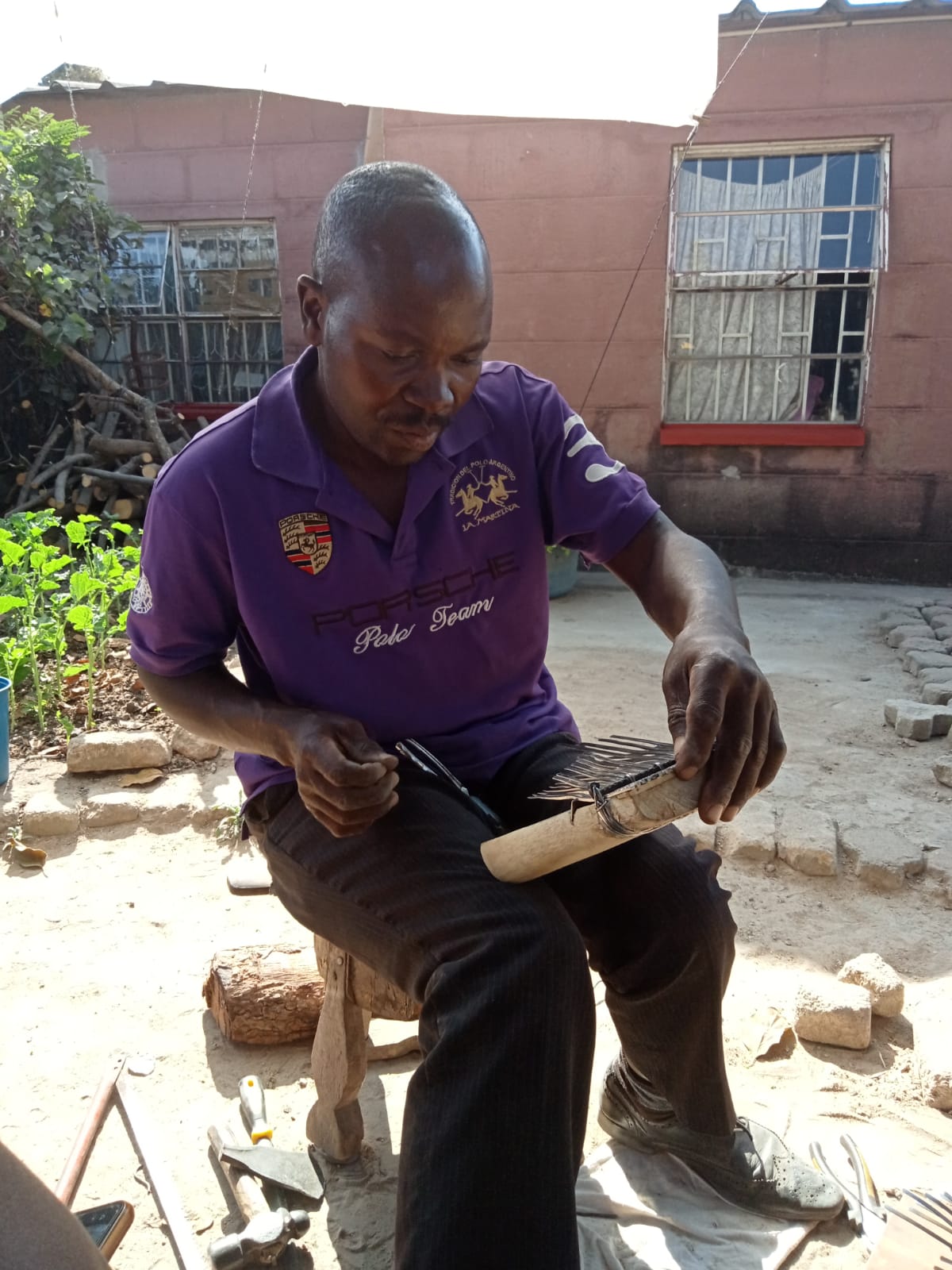
Master Matepe makers playing moments
—
by
James Kamwaza took the time we had with him to show us how he makes his Mbiras. After a long day of fixing the keys and tuning, he took the opportunity to play a few songs with Sekuru, two Matepe masters sharing some lighter moments.
-
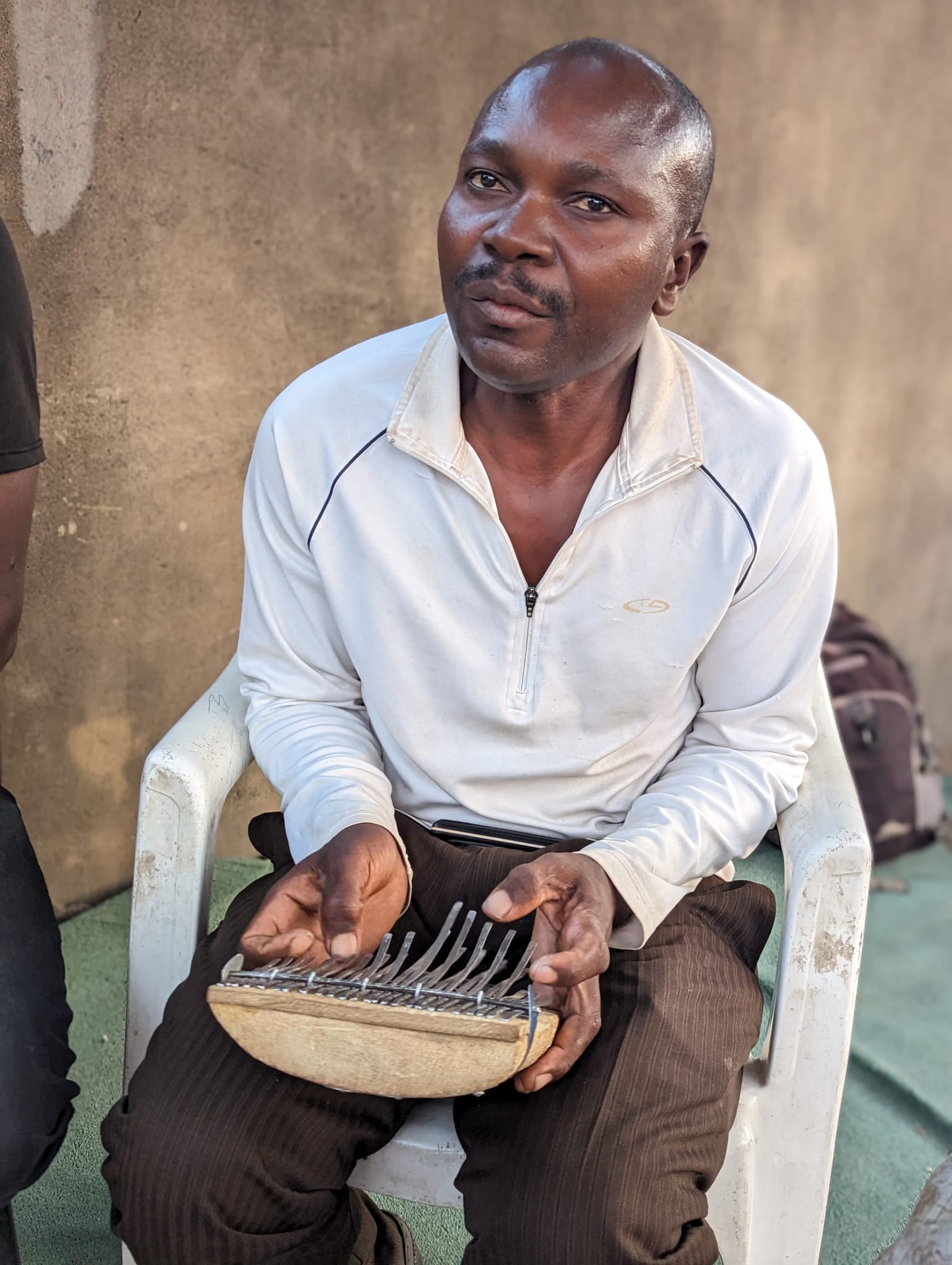
James Kamwaza
—
by
This afternoon we were honoured to have the other seasoned Hera/Matepe maker and master musician James Kanwaza visiting Sekuru’s place. James had left Rushinga already at 3am and brought with him a couple of soundboards and some premade keys which he wanted to finish here.